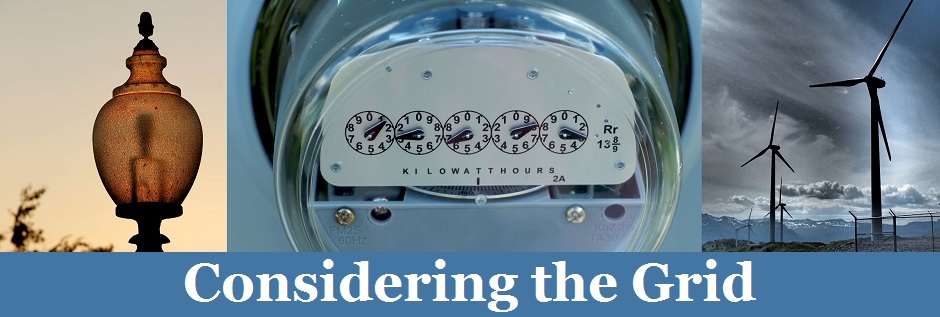On Monday, the Supreme Court denied DTE Energy Company’s July 31 petition for review of United States v. DTE Energy Co., 845 F.3d 735 (6th Cir. 2017), which held that EPA may use its New Source Review (NSR) enforcement authority to challenge a plant operator’s emissions projections for a project prior to construction and operation. The decision comes on the heels of a December 7 Memorandum in which EPA Administrator Pruitt indicated that EPA does not intend to initiate NSR enforcement actions “unless post-project actual emissions data indicate that a significant emissions increase or a significant net emissions increase did in fact occur.”
The Memorandum begins by observing that “two recent appellate court decisions in the pending enforcement action against DTE Energy have created uncertainty regarding the applicability of NSR permitting requirements in circumstances where the owner or operator of an existing major stationary source projects that proposed construction will not cause an increase in actual emissions that triggers NSR requirements.” Rather than utilize EPA’s pre-project enforcement authority, the agency intends to use post-project monitoring, recordkeeping, and reporting to evaluate the source’s pre-project conclusion that NSR does not apply.
As long as “a source owner or operator performs a pre-project NSR applicability analysis in accordance with the calculation procedures and regulations, and follows the applicable recordkeeping and notification requirements in the regulations, that owner or operator has met the pre-project source obligations of the regulations.” By focusing on post-project, actual emissions data, Administrator Pruitt explains, EPA will avoid “substitut[ing] its judgment” for that of the plant owner or operator and “second guessing” the owner’s or operator’s emissions projections.

